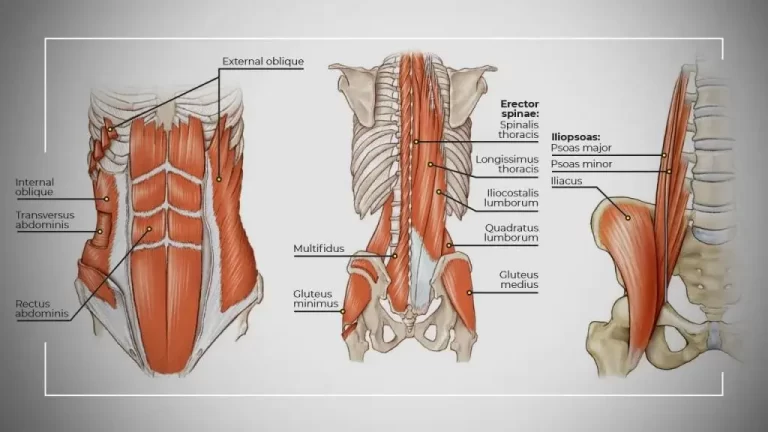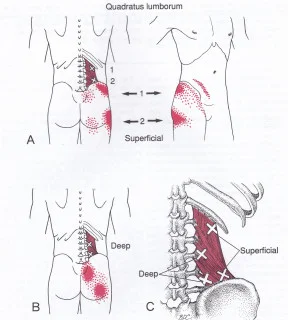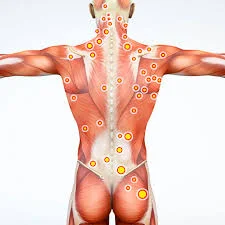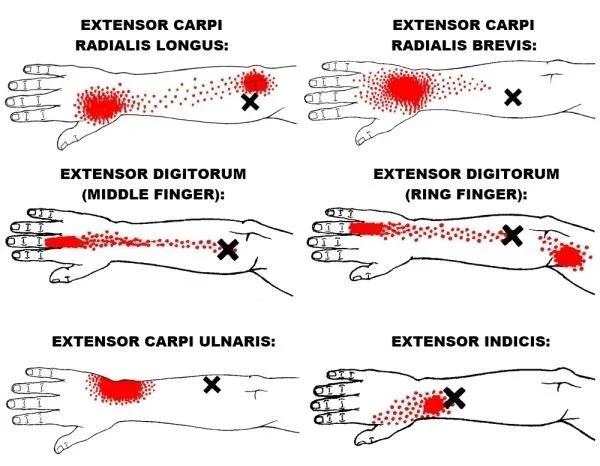Deep Core Muscles
Deep Core Muscles: What Are They? The deep core muscles are a group of stabilizing muscles that support the spine, pelvis, and abdomen. They include the transversus abdominis, multifidus, diaphragm, and pelvic floor muscles. These muscles work together to provide stability, improve posture, and reduce the risk of injury, especially in movements requiring balance and…










